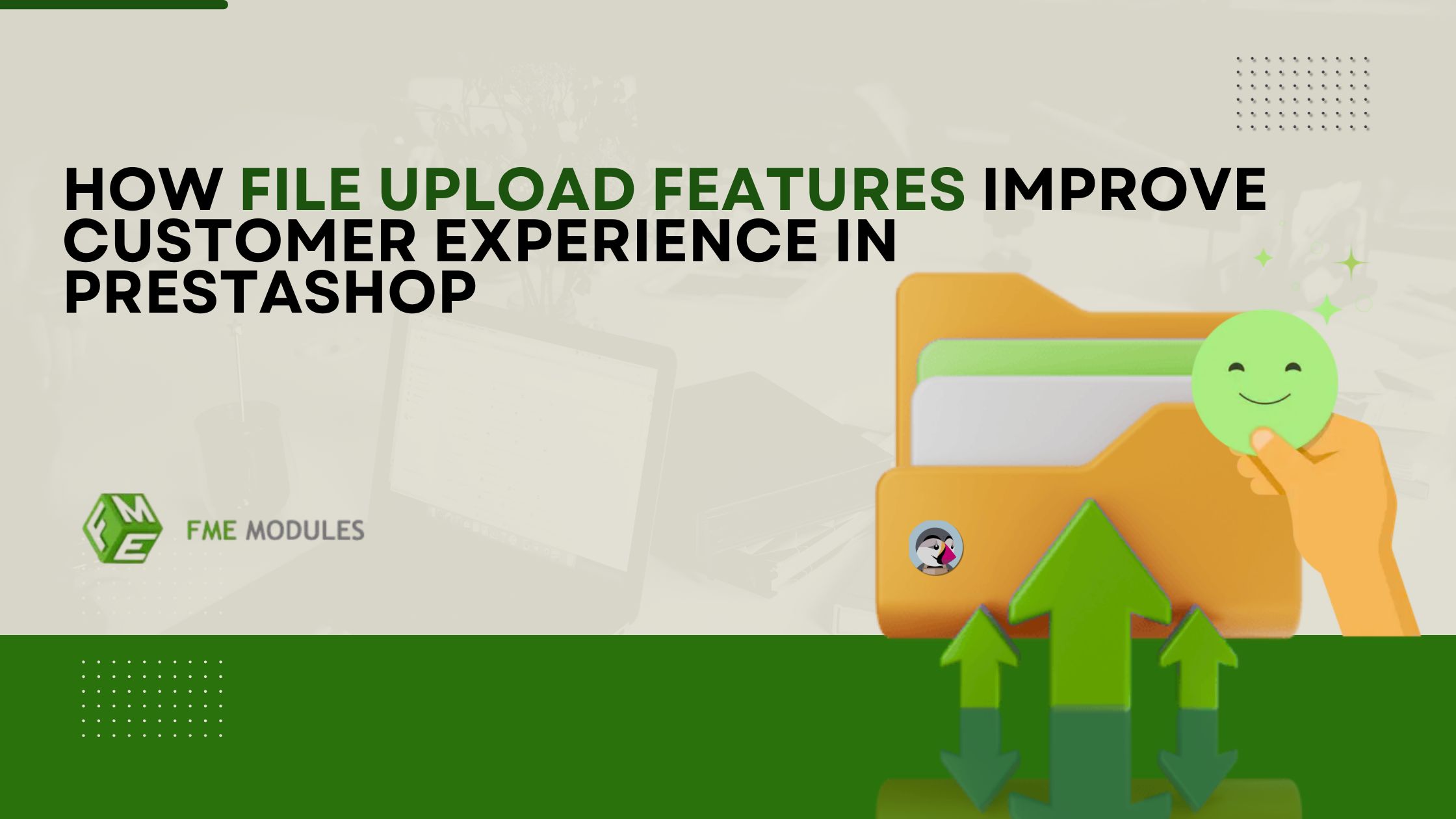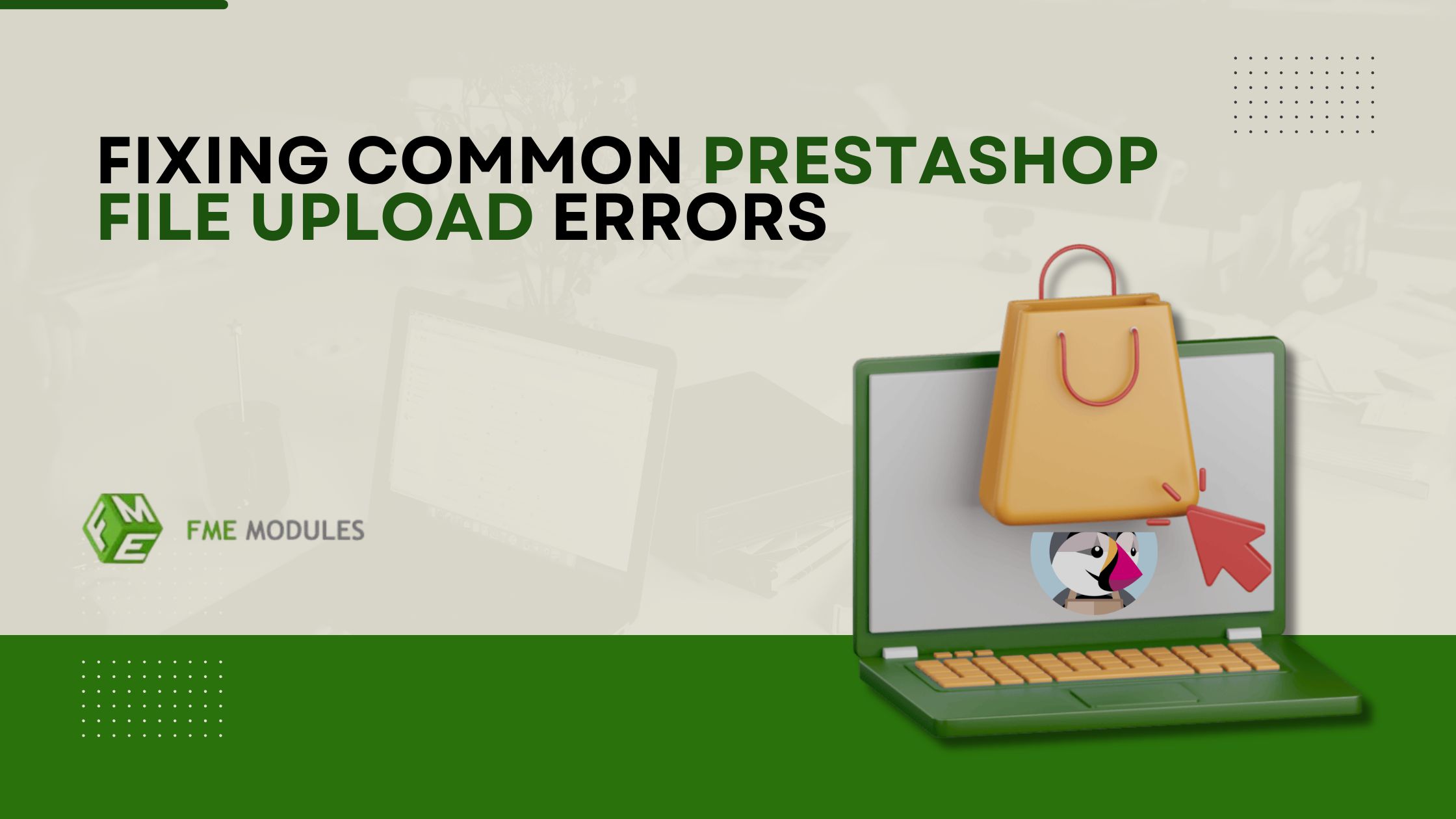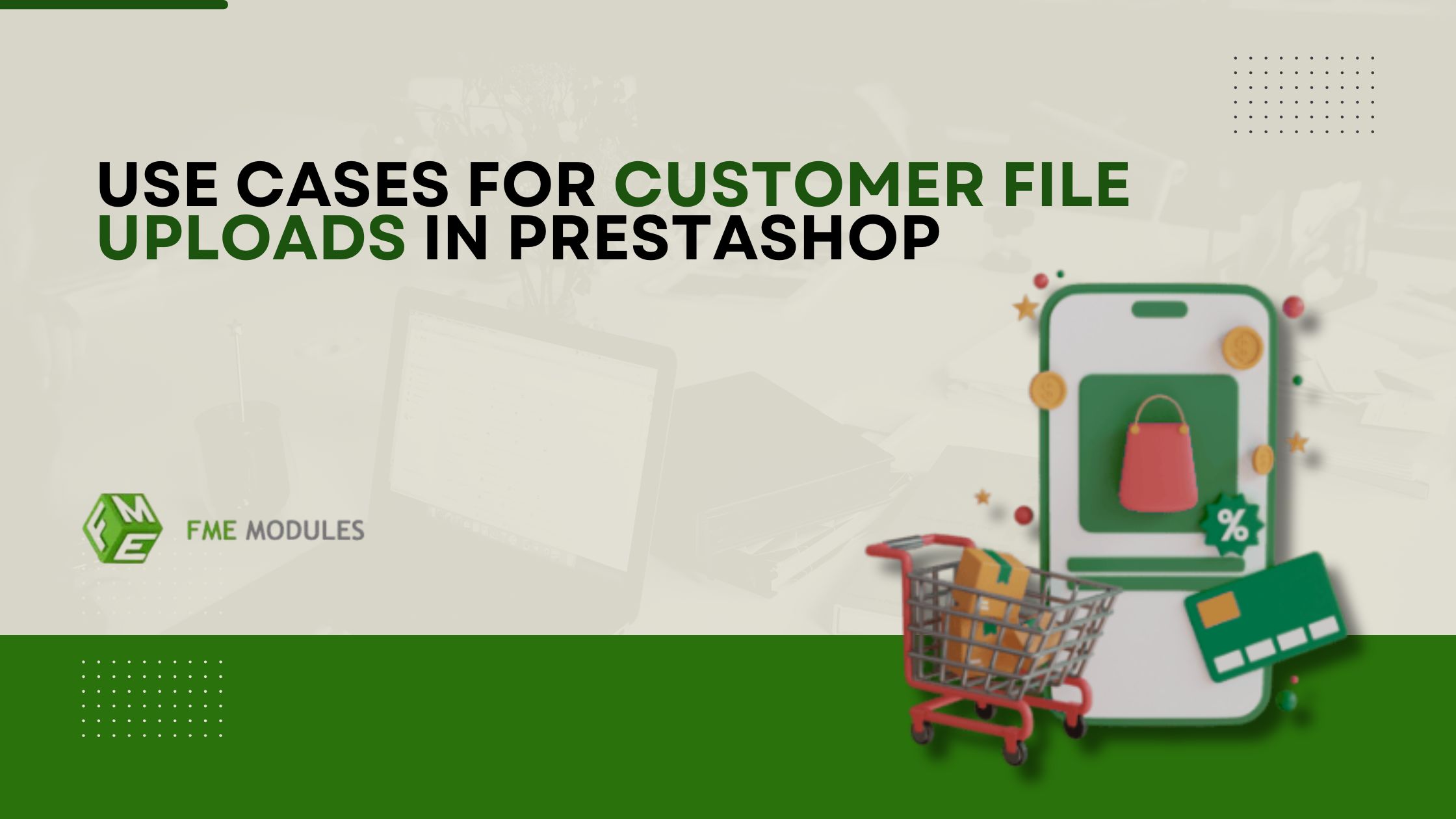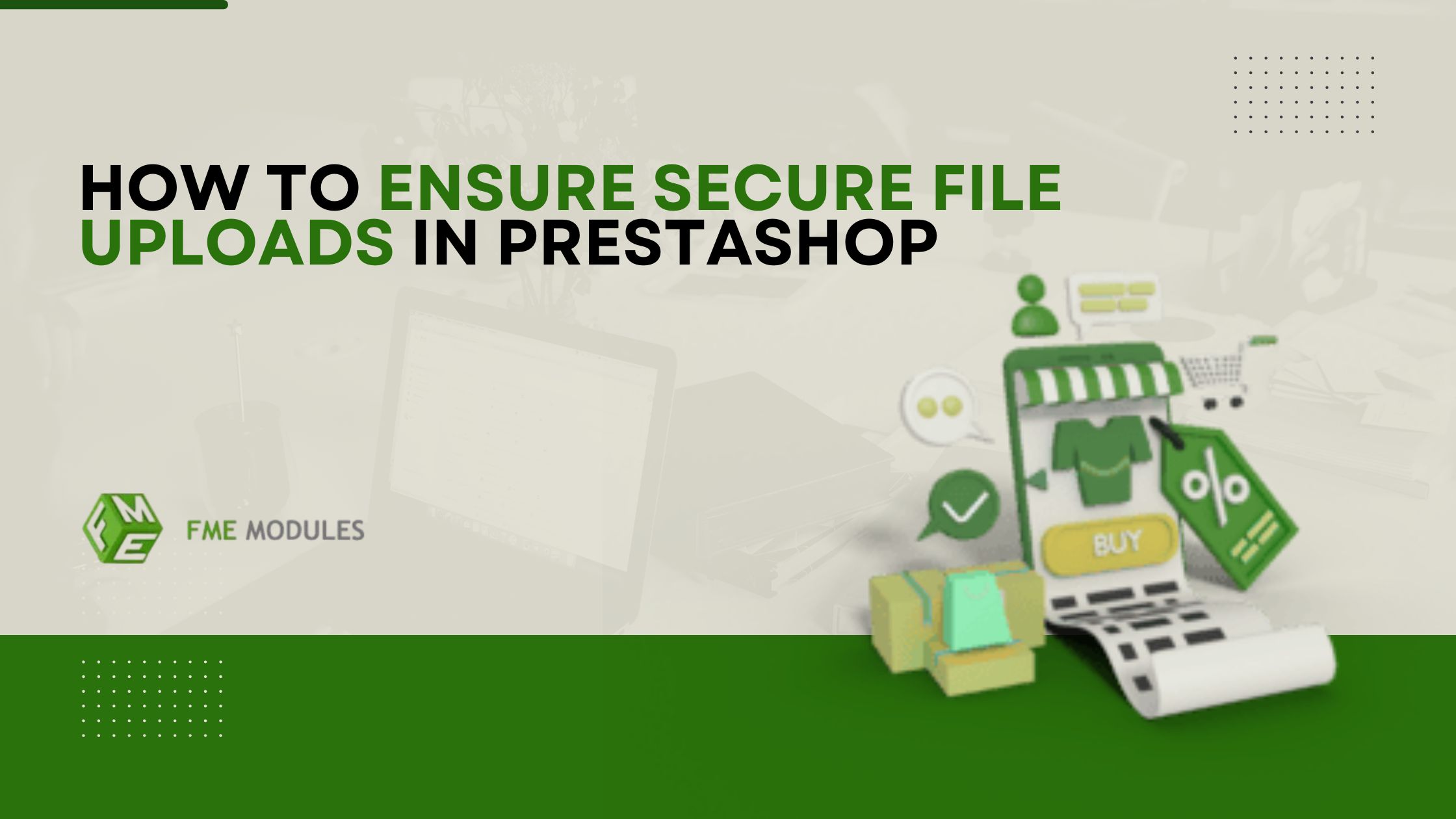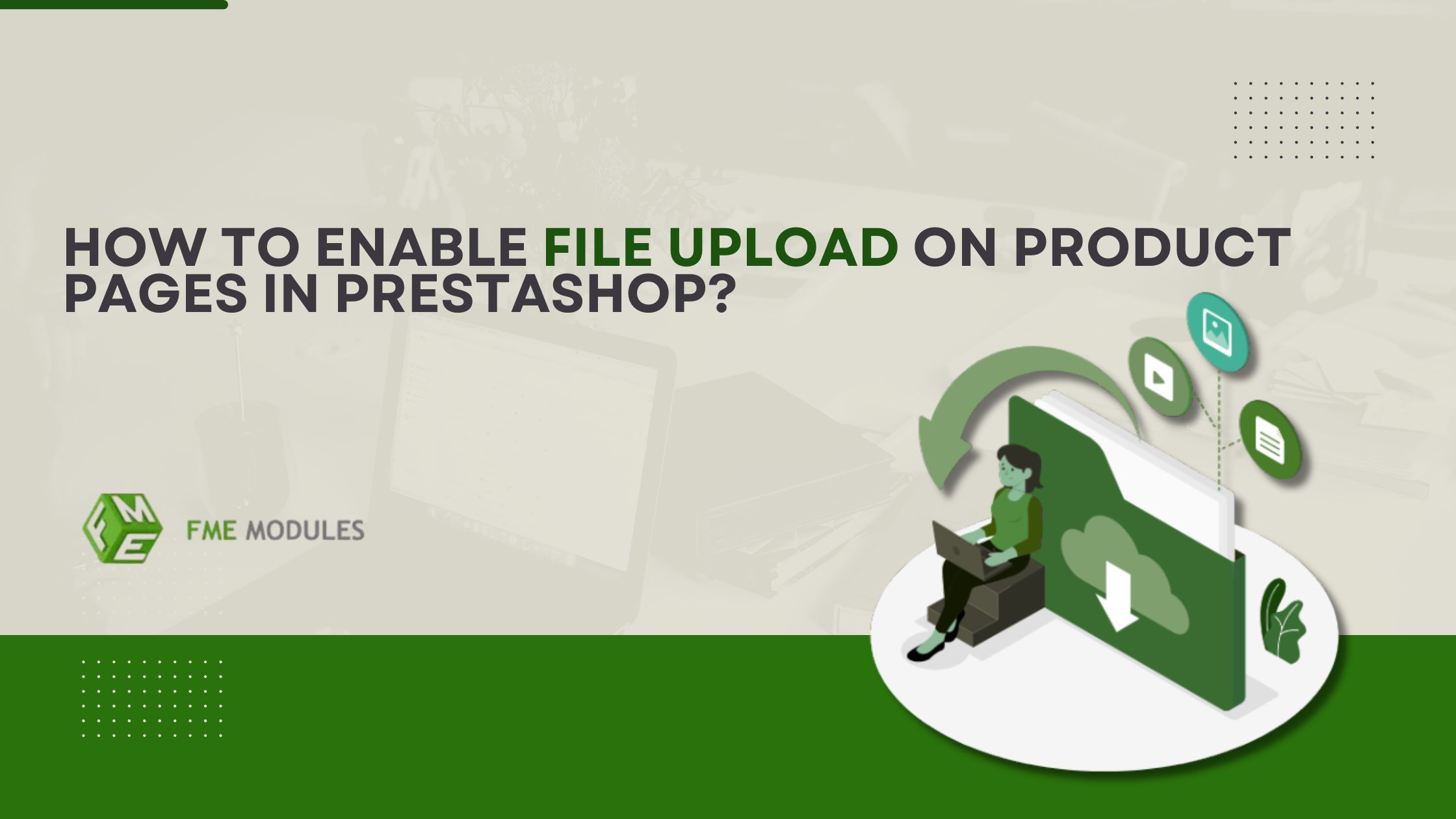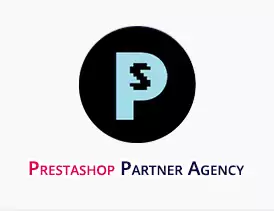The 6 Types of E-Commerce and How To Use Each for Online Success
.jpg)
Most people refer to any form of online transaction as e-commerce. While the term encompasses that definition reasonably well, it has a lot more layers to it. E-commerce can be classified into six different types based on who participates in the transaction and their intention, each with distinct features, advantages, and disadvantages.
For business owners, it is practical knowledge that can translate into effective strategies, informed marketing choices, along with the integration of systems like the Prestashop advanced SEO Module to drive growth, sales, and visibility.
In this article, we will talk about the six primary types of e-commerce and discuss how businesses can take advantage of each.
Six Types of E-commerce Businesses You Should Know About
Here’s a quick overview of the 6 well-known types of e-commerce business models:
-
Business-to-Business (B2B) E-commerce
Definition
B2B e-commerce involves the online buying and selling of goods, services, or information between businesses. It includes some, if not all, manufacturers, wholesalers, and retailers that buy and sell among themselves over the internet.
Key Features
- Greater order volumes.
- Sales are made over an extended duration.
- Better business friendliness.
Examples
A bulk fabric supplier selling to a clothing line and or a company that sells customized ERP solutions to businesses.
How to Optimize for B2B Success
In all B2B platforms, a stronger emphasis is put on trust. Having clear product descriptions, structured pricing, accounting services, and open dialogue systems improves that. With the help of the Prestashop advanced SEO Module, numerous niche B2B terms that these potential clients search for, like “bulk order eco-friendly packaging” or “custom ERP solutions,” can be made more visible.
-
Business-to-Consumer (B2C) E-commerce
Definition
This is the simplest and most well-known type of online transaction, where the business provides goods or services to the end user of those goods and services. Think along the lines of Amazon, Zalando, or your local online boutique.
Key features
- Many transactions with smaller amounts.
- Purchases are switched within a short period of time.
- Greater impact is placed on marketing and ease of use.
Example
Selling shoes, electronics, beauty products, or media in the form of files through a virtual store.
How to Optimize Your B2C for Success
As it relates to B2C, making sales in overly competitive markets is difficult. But some features and add-ons can be of great assistance in boosting your sales. Like, if you are running an e-commerce store on PrestaShop, the PrestaShop SEO techniques could increase your chances of ranking on the first page of relevant searches.
-
Consumer to consumer (C2C)
Definition
Buying and selling that occurs between two consumers is known as C2C e-commerce and is done using a third party to facilitate the trade, unlike selling items to shops.
Features
- Selling directly from one person to another
- Majorly done with pre-owned or unique items
- Cut down business and marketing expenses
Example
All over the world, people use eBay, Craigslist, and Facebook Marketplace. Be it's someone selling a classic guitar or collectors selling unique, rare gems, C2C transactions heavily rely on people selling things to each other.
-
Consumer-to-Business (C2B)
Definition
In C2B e-commerce, the individual is the primary producer of goods or services offered to businesses, reversing the "business-to-consumer" paradigm.
Key Features
- This segment is primarily composed of freelancers and consultants.
- Generally, creative or project-based work.
- Personal marketing has to be exceptional.
Example
Selling stock images to a media agency is an example of a photographer acting in this capacity. Another example would be a graphic designer submitting logos to a contest website.
How to Thrive in C2B
If your products are offered online via a PrestaShop site, using the PrestaShop advanced SEO Module can help you rank for search terms such as “top-bass earphones, affordable tech gadgets, or more.
-
Business-to-Administration (B2A)
Definition
B2A e-commerce is the electronic exchange of information and services between business and public sector institutions.
Key Features
- Subcontracted services like legal document creation, employment form generation, and compliance with legally set regulations.
- Typically involves extensive procurement processes.
- Increases in e-government services make this increasingly digital.
Example
A business offering a payroll system to a municipality. Automated tax filing for public bodies is provided by legal platforms.
-
Consumer to Administration (C2A)
Definition
C2A encompasses any transaction conducted online between a citizen and public administration entities.
Key Features
- Available in education, taxation, health, and social services
- Concentrates on user friendliness and wide accessibility
- Highly sensitive to the availability of secure electronic networks
Example
Enhancing the experience of filing taxes, booking medical appointments, or accessing academic certification through government portals.
The Benefits of E-Commerce
E-commerce in any form has universal advantages:
Worldwide Market
There are no geographical limitations, meaning you can have customers from all over the world.
Reduced Expenses
Expenses related to transactions, intermediaries, and maintenance are greatly reduced.
Accessible Anytime
Virtual Stores are always open and do not have closing hours, rendering your business accessible at all times.
Analytics
Analytics and data reporting allow e-commerce sites to monitor consumer activity, which helps understand their preferences, behaviors, and trends.
The Drawbacks of E-Commerce
E-commerce’s challenges include:
Reliance on Technology
Issues with one’s internet connectivity, their connection speed, or other problems with the platform can disrupt operations.
Weak Controls
Legal regulations take time to evolve, especially when considering the international domain.
Intangibility
Clients are unable to physically touch or try samples of products before deciding to purchase them.
Data Security Issues
Data breaches are rampant, thus, data concerning the users needs to be extremely secure.
Diminished Cultural Identity
International platforms tend to overlook local economic and regional practices, thereby mongrelizing their culture.
Take Away
Comprehending and differentiating the six types of e-commerce, that is, B2B, B2C, C2C, C2B, B2A, and C2A, can greatly assist business owners in formulating their online strategies. As a solo entrepreneur, an expanding online shop, or a digital service provider, running your business according to the type of e-commerce that you partake in is vital for sustainability.


